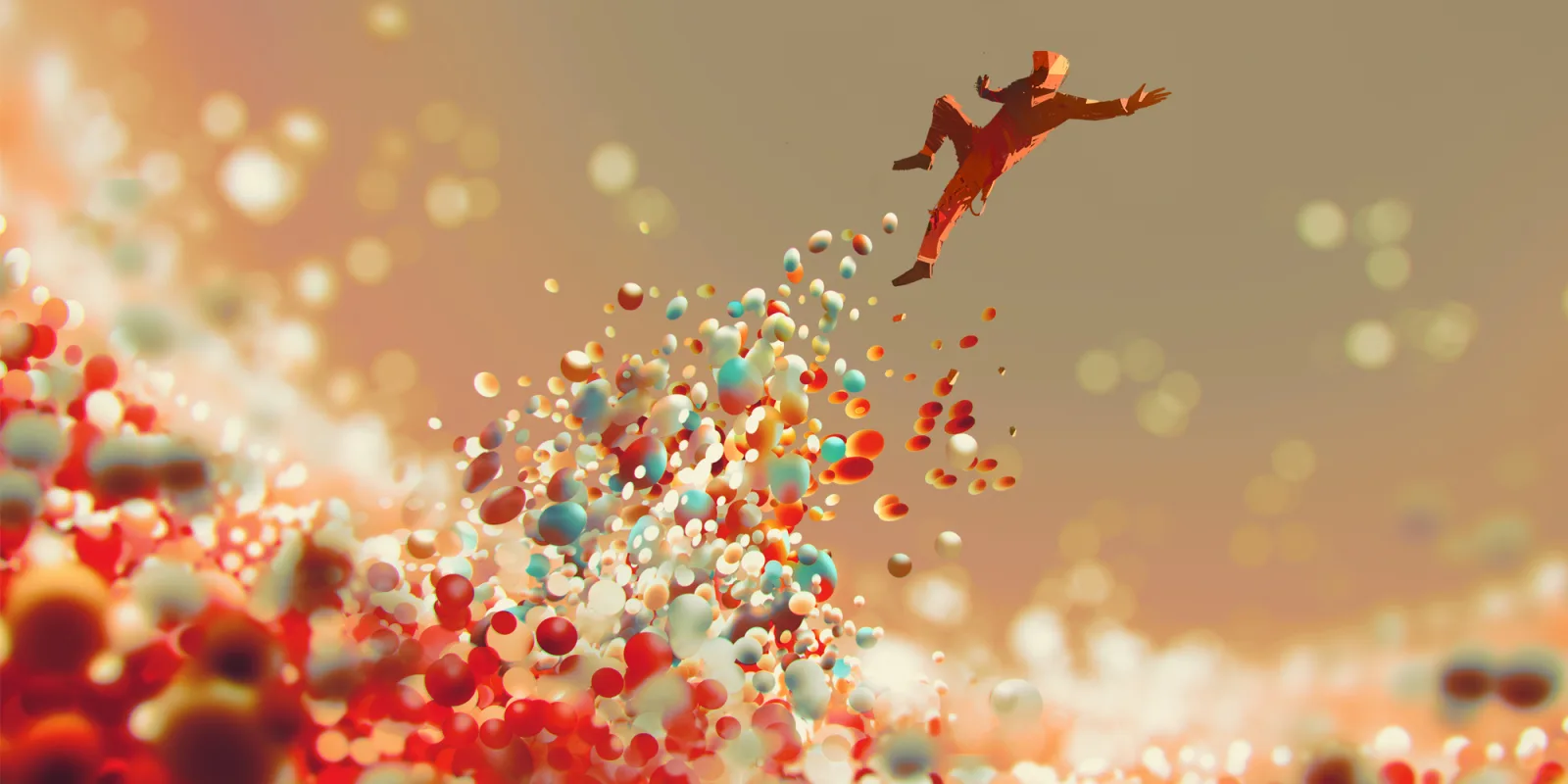
5:00 am… The alarm always rings right on time! I awaken after my usual 9 min snooze and proceed to start my day by having a conversation with the "Alexa" in my bathroom. We talk about the weather, the news, my schedule for the day, the stock market, the rest of the happenings in the world (all things I would talk to a friend or family member about), while I brush my teeth, shower and get ready for the day ahead. Alexa allows me to go through my morning with a perfect illusion that I have actually interacted with the outside world, even though for many of us, our interactions with technology actually become an impediment (or a replacement for) to interactions with our family and friends. (How many times have you observed a couple at dinner both on their devices?)
After making my morning latte, I sit down and open up my Twitter feed to see what the Twitterati are tweeting about today – is it medicine, politics, or their personal lives? I opine on topics I find interesting, adding my thoughts and hashtags. On my way to work, I listen to the latest episode of Eagle's eye or Fuster's JACC summary or ACCEL (I never have time to read anymore so this makes it perfectly convenient and again, gives me the illusion that I am interacting with my colleagues). I make it to the hospital in time for my 7 am meeting, followed by 8 am rounds and 9:30 am clinic. I go through my clinic day, finish afternoon rounds, read echoes and then head home to once again immerse myself in the happenings of the day through my many beloved devices and social media.
This day repeats itself over and over, 5 times a week, 20 times a month, 240 times a year. That is the bubble I live in as a clinical cardiologist. The people I interact with regularly are in my bubble and those outside of it, just grow farther away from me. Now, I want you to think about the bubble you live in. The repetitive practices you indulge in, the routines which make your workday efficient but strip it of its creativity and innovation, the way in which you interact (or don't interact) with your peers, friends, family and colleagues, both on the local and national level. Who exists within your bubble? Is it growing or shrinking?
Medicine, by its very nature, is an isolating field. You interact with the patient one-on-one… you do a cath on a single patient at a time. Granted, you work in teams and that can create an environment for collaboration but for the most part, you work in your bubble, your silo, alone on an island practicing medicine. This is especially a challenge for private practice cardiologists and others who are primarily clinical in their practice and don't have the ease of an academic department to create opportunities for interaction. On top of that, technology, by opening every door and making every interaction possible through the privacy of one's home or through a handheld device, has actually paradoxically resulted in more social isolation than ever before, raising the bar for human interaction higher than its ever been. Fewer and fewer people are stepping out of their bubble but are gloriously content with the illusion that they are "well connected" or "networked" because they have thousands of followers on Twitter.
NPR has a great podcast called Invisibilia that reflects on the invisible forces that shape our behavior and they raised this very issue in a recent episode. During this episode, they highlight a techie from Silicon Valley who works for Google and, tired of existing only within his bubble, he decides to create a randomization app that allows him to expand outside his bubble and enter other bubbles, both socially and professionally by forcing human interactions that wouldn't otherwise have occurred. The results were dramatic! (Check it out here).
We, in cardiology, are lucky that we don't need such an app to help us get out of our bubbles with an opportunity for "Facetime" with our friends and colleagues. National meetings like the American College of Cardiology or American Heart Association Scientific Sessions meeting do just that – they burst open our bubble! Such meetings get us out of our routines and immerse us in the latest from the world of science, innovation, and technology; such meetings allow us to interact with our colleagues and friends on a personal and professional level, empowering us to return to our individual bubbles and grow them every so slightly by infusing our medical practices with innovative ideas and renewed energy. Every time we attend one of these meetings in person, we grow our world just a little more in a way that we could never do through remote attendance, by reading the science online or watching the sessions remotely. At such meetings in-person interactions gave me insight into the other people's bubbles and through these interactions, expanded my own bubble ever so slightly. So, it turns out, the achy feet and corns on my feet from wearing high heels and walking nonstop for three days may totally be worth it to go to such meetings!
What can you do to keep your bubble growing and not shrinking? How do you think social media impacts your bubble?
Payal Kohli, MD is a cardiologist and a 2018–2019 Doximity Author.






